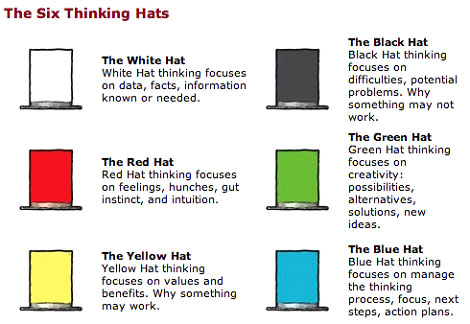
Teaching portfolio
Courses
Introduction
The HTW Dresden stands for practice-oriented education combined with application-oriented research. In its mission statement, the HTW Dresden has formulated global educational goals that take into account the social change towards a knowledge society. This includes not only the improvement of academic success, but also the teaching of non-subject specific key competencies. Within the framework of a project that focuses on the topic of academic success, I am responsible for the teaching of key competencies at the Faculty of Economics at the HTW Dresden. In all my courses I use digital technologies on different levels of digital teaching and learning: from virtual administration, digitally supported knowledge transfer to online-supported knowledge review or virtual knowledge construction (application). In all cases, the learning platform OPAL (Online Platform for Academic Teaching and Learning) of Bildungsportal Sachsen GmbH, which is used throughout Saxony, is used. In the course of the years of training and trying out, however, I have found that it is relatively unimportant which teaching method I use. Decisive for good teaching is a clearly defined teaching/learning goal, which I can implement with the support of voice, blackboard, laptop, worksheets, OPAL, etc.
Methods
Whispering group
In most cases, a teacher who stands in front of a group and asks a question into the group is met with great silence. Too great is the fear of the group members to embarrass themselves publicly in front of the others.
When a teacher asks a question and asks the group to talk about it in pairs or threes, gossiping for 1-3 minutes, the room hums.
The students are activated, learn that their neighbour can contribute the same or something complementary, has the same open questions and problems, and will therefore dare to address exactly this when it goes back to the question in the whole group. There is no more loss of face for the respondent.
This method is applicable in small groups, but also in oversized, crowded lecture halls. It is ideal for querying previous knowledge, allowing the students to take a break from listening, discussing a specific question, at the end of a lecture as a summary or for clarifying open questions.
The 6 thinking hats
I discovered The Six Thinking Hats by Edward de Bono (see 1999) as a feedback method for me. By feedback I mean ensuring that what has been learned is understood by the learner and to experience how certain didactic methods and tools I use are received and evaluated by the student.
In a kind of role play, each student can symbolically put on each of the six hats in different colours and express their opinion, perception, emotion or positive/negative criticism without losing face.
First I put on the blue hat, the one of the organisation, and explain the hats. Usually I start with the white hat and collect facts: What have you learned (up to now) / in the course / in the semester and use it to see if I have reached my set teaching/learning goal. The black hat collects negative and the yellow hat positive criticism: What did you not like at all or very well? The red hat collects emotions and can differentiate between you and I messages and the green hat looks into the future: What should absolutely remain the same, and more importantly: what is possible (more)?
Pomodoro-Technique
Francesco Cirilo, the inventor of the Pomodoro technique, assumes that the average concentration span of a person is 25 minutes. He defines a Pomodoro unit as 25 minutes and says that a short 5-minute break should then be taken, so that in the next 25 minutes work can be done again with full concentration. After 4 pomodoro units he demands a longer break. (see The Pomodoro-Technique, 2009). In university didactics, Döring and Ritter-Mamczek, for example, also assume that after about 20-30 minutes of inhalation, exhalation must be ensured for learners (cf. Teaching and Training in Continuing Education, 2001, p. 151ff). I make sure that after 25 minutes of input there is a change of activity.
As often as possible I try to divide my lectures into Pomodoro units. After I have introduced the Pomodoro technique, I set my brought along short time alarm clock to 25 minutes and interrupt with ringing for a 5 minute break. So I divide a 90-minute lecture into 3 Pomodoro units. The students love this division and I struggle very little with inattentive whisperers or smartphone users.
The students are motivated, even with long-winded topics, to concentrate for just 25 minutes.
The 24h response guarantee
In the first lecture of each semester I show my antiquated mobile phone with buttons and guarantee that I will answer emails within 24h, but more likely within 12h or even shorter. If I don't answer, the email has surely not reached me. I leave the course smiling and at the end of each semester I get stunned but grateful feedback about the fast and reliable email response time.





